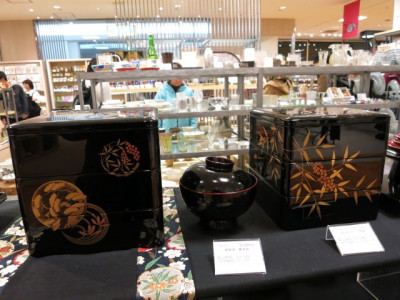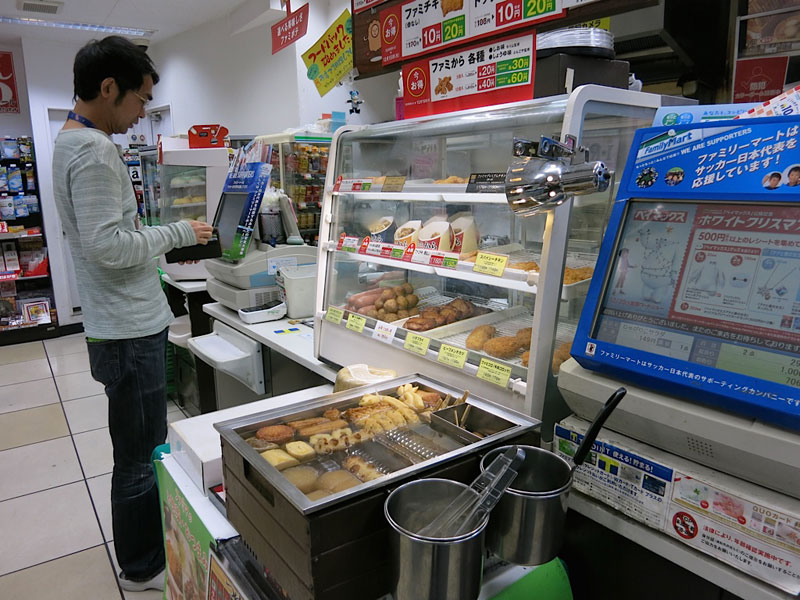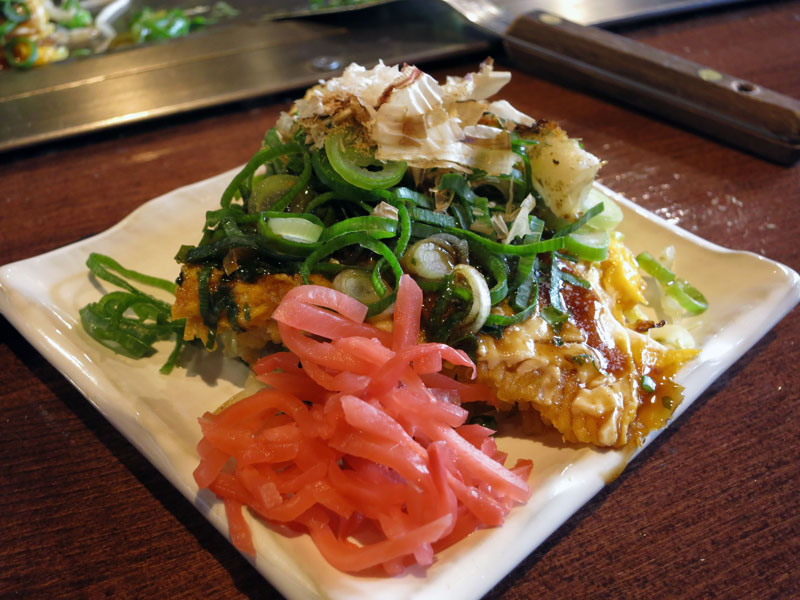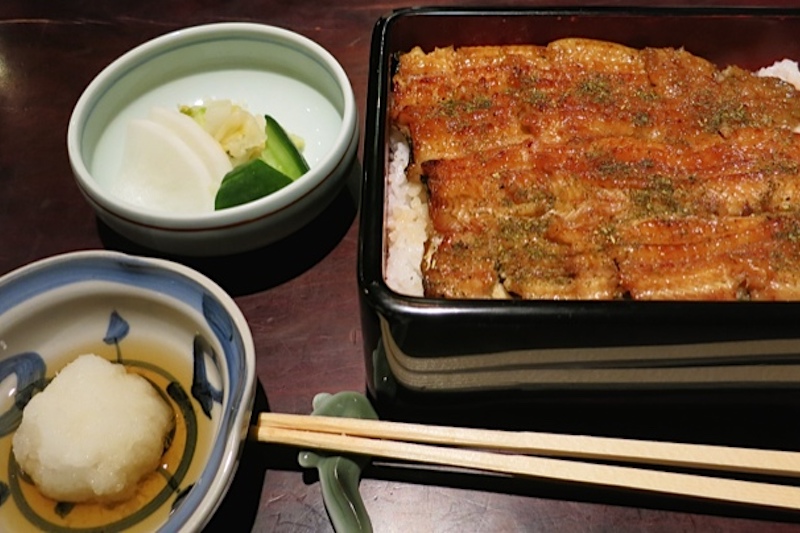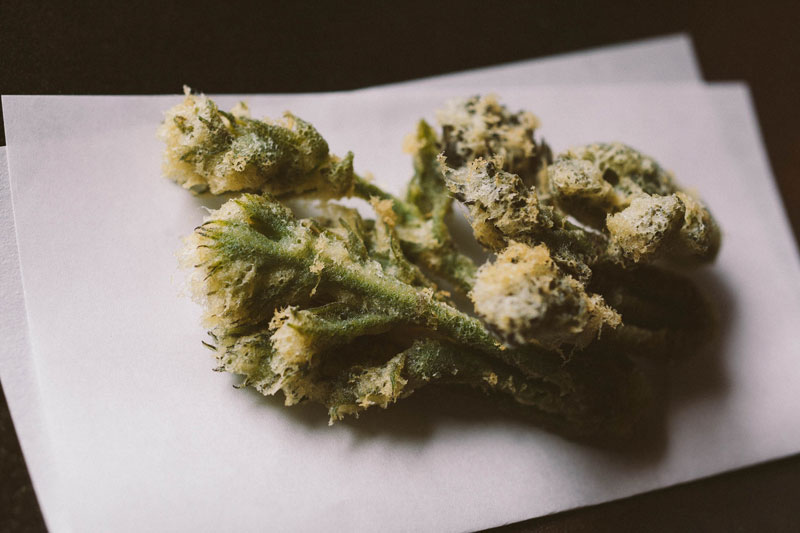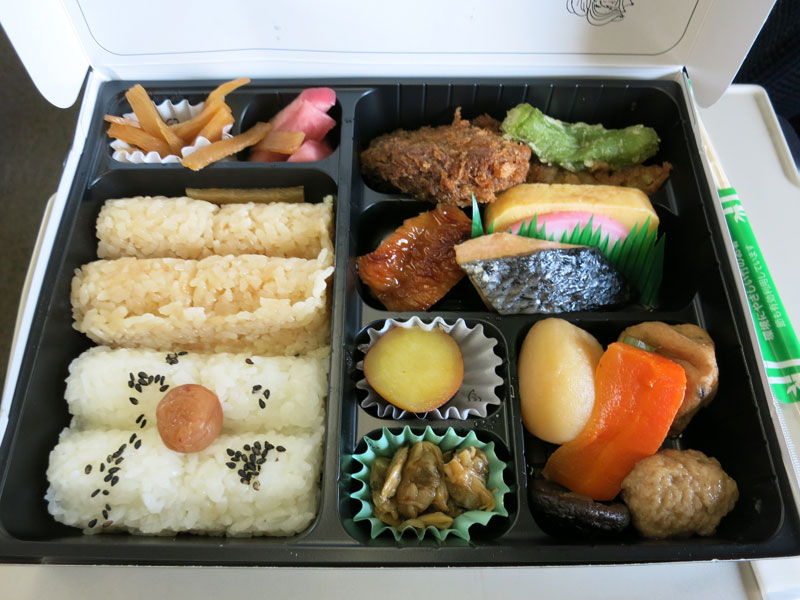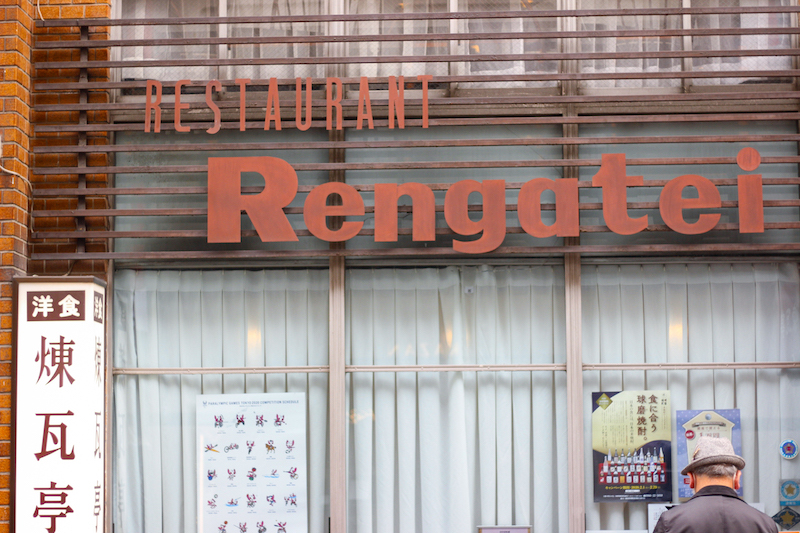We can't find the internet
Attempting to reconnect
Something went wrong!
Hang in there while we get back on track
Search results for "Fran Kuzui"
Tokyo
Osechi Ryori: Edible New Year
‘Tis the season of the Japanese New Year’s trinity: osechi, oseibo and nengajo. Like newsy Christmas cards, the nengajo is a recap of family or personal news mailed in postcards during the weeks preceding the end of the year and efficiently delivered all over Japan promptly on January 1. The winter gift-giving season is in full swing, with companies and individuals sending oseibo gifts as thank-you expressions for kindnesses over the year. Most gifts are food or household items like cooking oil or soap. The best of the traditions is osechi ryori, traditional New Year’s cuisine. Osechi is not something one can find in a restaurant because it’s eaten only one time a year, at home or when visiting others at home.
Read moreTokyo
Otafuku: Tokyo Mix and Match
The weather is turning cold and Japan’s convenience stores, or konbini, have hauled out the oden service pans and positioned them next to the cashier counters. For those not familiar with oden, the sight of assorted flotsam and jetsam afloat in a clear broth and the fishy aroma impinging on their space while paying for a soft drink or chewing gum might seem puzzling. For those who love oden, though, it’s a happy reminder that there will be many ways to enjoy this hearty dish – a kind of hotpot that contains a pantry's worth of ingredients in a light broth – as winter unfolds. A good way to enjoy the best quality oden is at odenya restaurants, which specialize in this Japanese staple.
Read moreTokyo
Jyaken Nou: Hiroshima House of Pancakes
What is it that’s so dizzyingly addictive about okonomiyaki? It might be the interactive DIY nature of building your own meal and serving it up from a Japanese teppan grill. Perhaps it’s the communal feeling of sitting around with a beer or two and cooking together. However, most likely is the fact that it’s so darn delicious and satisfying. It’s Japanese soul food that has somehow not quite reached the shores of many foreign countries. Okonomiyaki is a flavorful pancake chock full of whatever ingredients appeal, cooked on a Japanese grill (okono means “cook whatever you like” and yaki means grill). In all parts of Japan it's the secret second cousin to ramen in the family of fast food and cheap student eats.
Read moreTokyo
Natsu no Shun: Summer Eating in Tokyo
After the merriment of sakura cherry blossoms has faded, bringing with it the dreary Japanese rainy season, the hot, humid days of July and August follow shortly thereafter. When summer temperatures and the humidity reach a point of sticky and awful, Japanese people tend to change their diet so as to shake off natsubate, the physical fatigue of summer. In a country where the main religion is nature-worshipping Shinto, most people practice the custom of shun: celebrating nature’s cycles and each season’s profusion of food. Loosely translated, “shun” means the height of nature’s abundance. Each of Japan’s fruits, vegetables and also animal proteins has its own shun, and in the essential and enduring wisdom of Japanese cuisine, that has influenced the preparation of Japanese food for thousands of years.
Read moreTokyo
Spring Gone Wild: Tokyo Sansai
One of the great joys of spring in Japan is anticipating the appearance of sansai, or mountain vegetables. When cherry blossoms begin to flutter on warming breezes, hikers take to the hills to forage for the first wild edibles. Supermarkets mount special displays of packaged (and unfortunately often hot-house-raised) young sprouted leaves, shoots and tubers. Restaurants proudly offer up special seasonal dishes, providing an opportunity to bring the freshness of the outdoors to the table, even in the inner city. A bounty of deliciousness awaits those fortunate enough to get out of Tokyo and roam the hills. Fukinoto, taranome and warabi form a trifecta of green vegetables gleaned from mountain walks. Cooks wait all year to prepare dishes of these fragrant yasai veggies.
Read moreTokyo
Ekiben: Train Fare
Any journey on the Shinkansen – Japan’s bullet train – is the perfect opportunity to enjoy an ekiben, the iconic bento filled with an assortment of delicacies tucked into a container and eaten in bite-size pieces. The term comes from the Japanese words for train (eki) combined with ben for bento (or “lunchbox”). These little jewel boxes are sold at concessions in train stations across the country and occasionally via pushcarts on trains. Different regions of Japan offer up varieties of local ingredients or specialties, making the ekiben a cornucopia of Japanese cuisine. Before airplanes became inexpensive and frequent in Japan, rail travel was the only mass transportation for long distances.
Read moreTokyo
Rengatei: The “Western” Canon
We woke one Sunday craving omuraisu, our favorite Japanese comfort food. Omuraisu, sometimes rendered as omurice, is an umami bomb: a soft egg omelet arranged over rice studded with a protein such as chicken or pork and a flourish of ketchup-laced demi-glace sauce over the top. So we headed to Edoya, a yoshoku outpost in central Tokyo that opened over 60 years ago and became popular thanks to a particularly affable chef. Although it means “Western food,” yoshoku is a decidedly Japanese creation, one inspired by a 19th-century notion of pan-European cuisine. Developed with the support of the Meiji Emperor around 1900, this style of cooking places a great emphasis on meats, often paired with rich demi-glace sauces, which many believed would help Japanese people become larger in build.
Read more